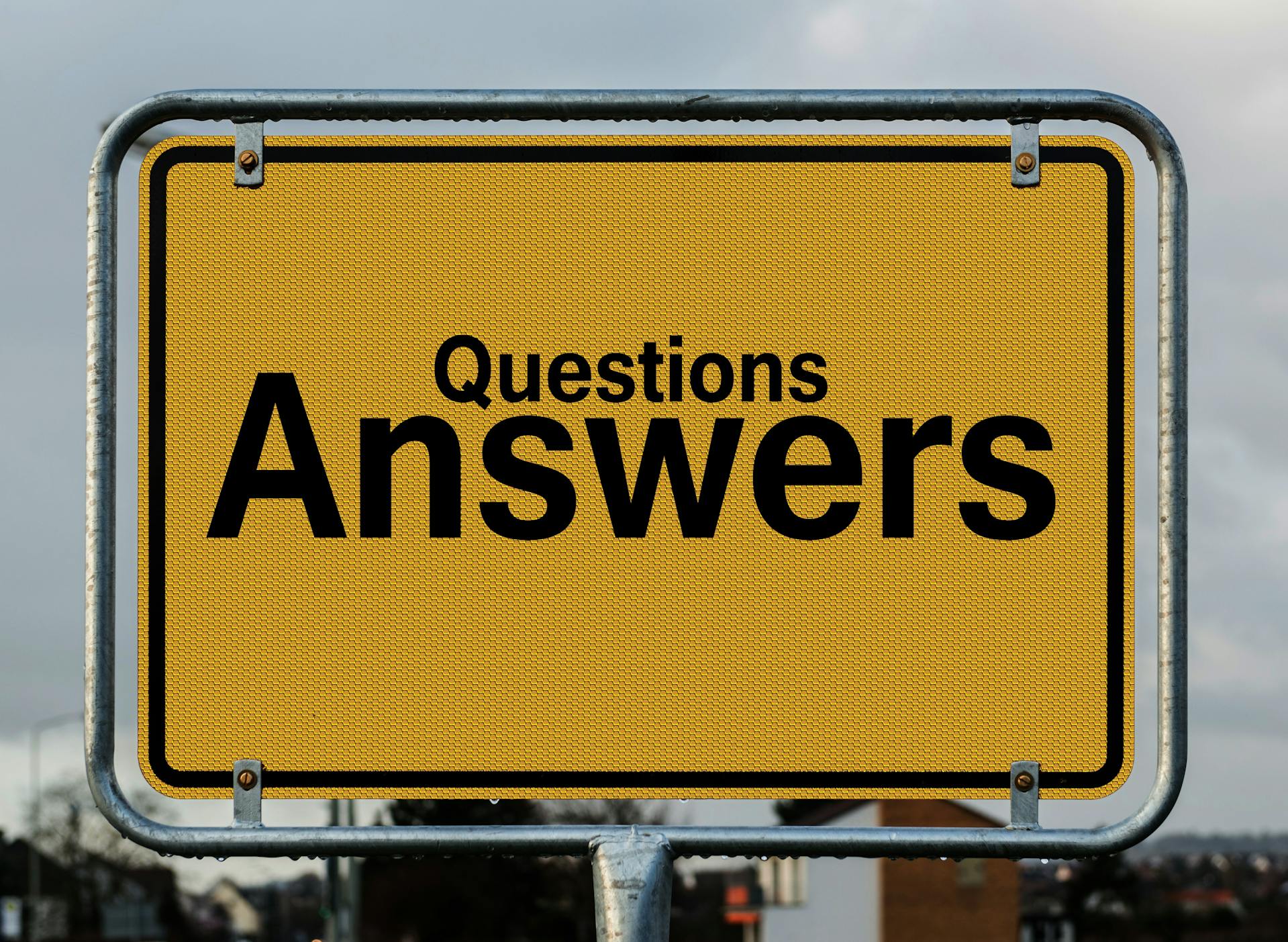Every day, you read more and more about domain name scams or hijacked domains. We wrote about this in our August OI blog, If you don’t renew, someone else will and provided some easy steps you can take to defend your digital territory, but with domain name scams on the rise, we wanted to double-down on what’s happening out there and how you can protect your domain.
There are some nuances in domain name protection. Even if you do or don’t have trademarks for the domain, it’s not always jacking; it can be as simple as forgetting to renew your domain on time due to lack of attention.
And a simple oversight can be compounded by the growing trend of domain drop-catching. This is a legitimate and increasing practice of companies monitoring the expiration of domains and then buying them up immediately on expiration.
Drop-catching or domain sniping is a severe threat to your business in every way.
Suppose you lose your domain name to a drop-catching service. In that case, you can try to repurchase it at a higher cost or, in the worst-case scenario, try to find a new domain name for your business, which would result in damages to your online presence and brand visibility. Ultimately, your online presence and visibility may be severely damaged with multiple knock-on effects, which could take months or years to recover.
Beyond common sense domain management, such as the use of auto-renew (For tips on domain management best practices, stay tuned for a future blog), having a brand trademark in place can assist in any proceedings you may undertake, whether via UDRP (Uniform Domain Dispute Resolution) or the WPO (World intellectual property organisation).
With a trademark, you will stand on firmer ground in your proceedings. However, even a trademark offers no guarantee, especially if registered after the domain was caught.
In the case of domain hijacking, a hacker uses social engineering to trick the domain holder or, in some cases, the registrar company into providing full access to the domain (account password, DNS, AUTH information, etc).
In these cases, the registrar, like Okens Domains, can help with options to verify the user, etc. In the worst case, the hijacker has time to generate the authorization code and transfer the domain. In this case, if the registrar is supportive, they can contact the registry where the domain was transferred. That action requires goodwill and sufficient proof to reverse the hacker’s purchase.
But prevention is the better cure. At Okens, we take additional precautions, so if there is a requested transfer support, our staff will contact you to ensure you made that request.
Even though you might think the chances of the drop-catching or domain sniping won’t happen to you, don’t underestimate the chances of this affecting your domains if you manage large estates of domains.
Contact Alexander Kucherenko to reduce your risk and defend your digital territory



